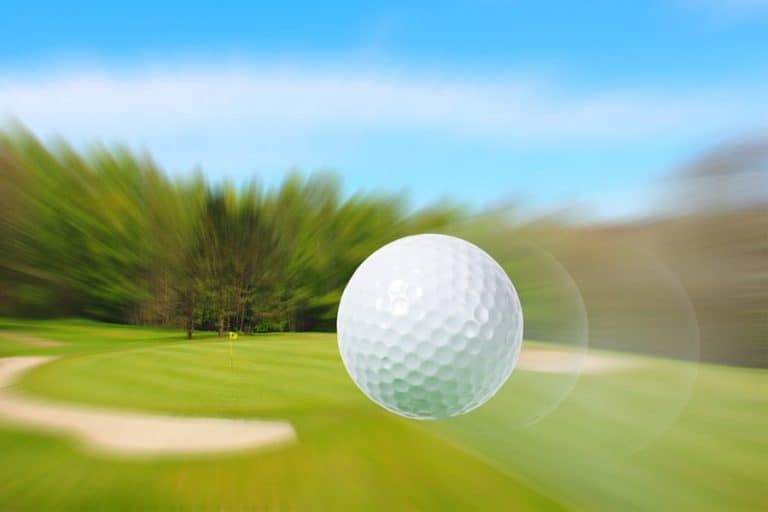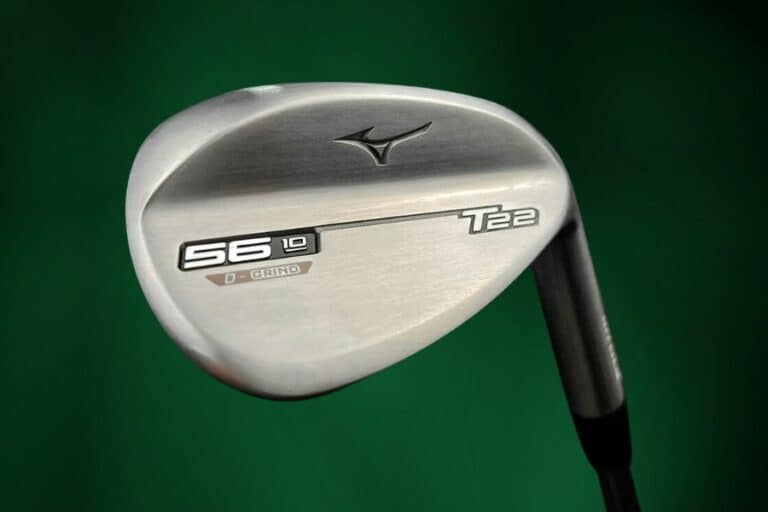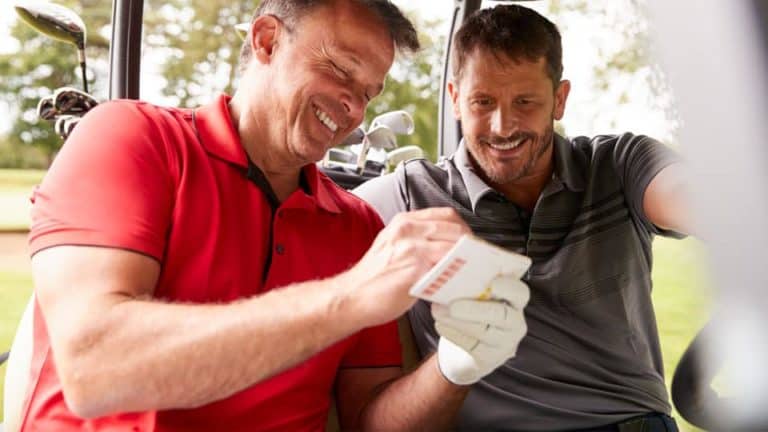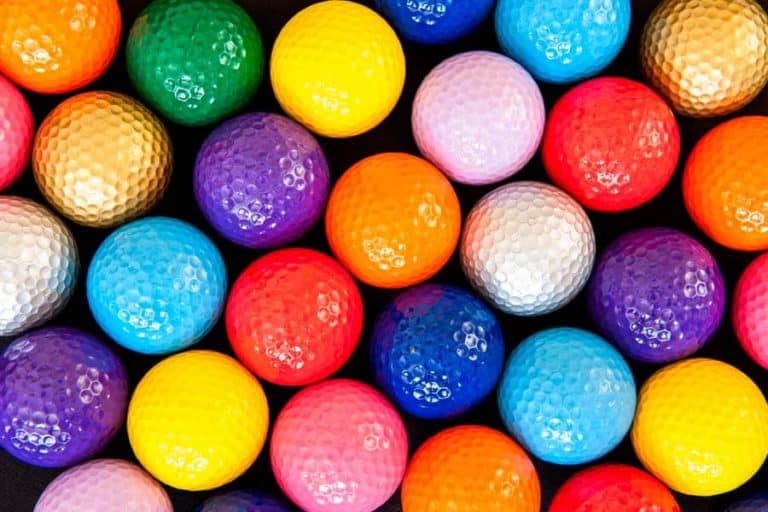How Long Do Golf Irons Last?
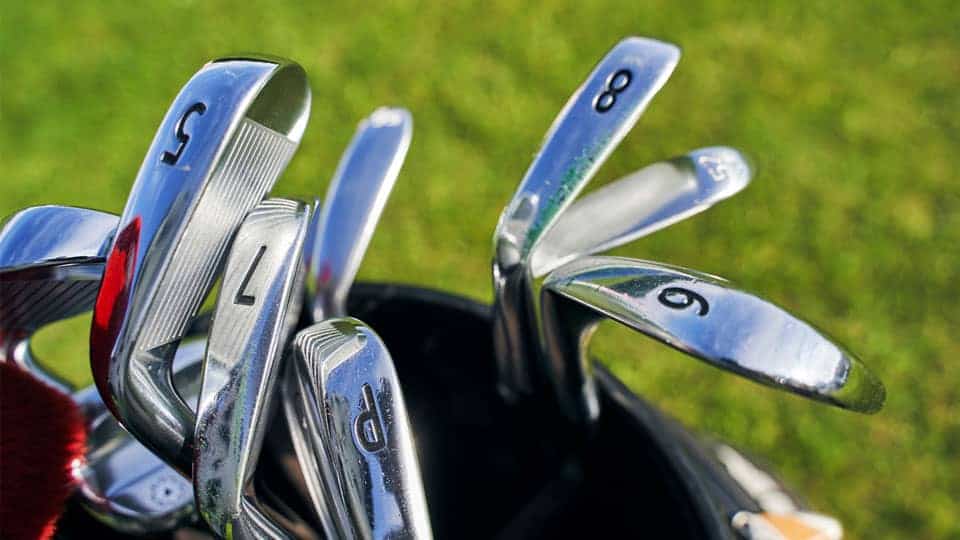
The lifespan of a golf iron can vary depending on a number of factors, including the quality of the club, the frequency with which it is used, and how well it is cared for. This article will investigate how long golf irons typically last and how to extend their lifespan.
Golf clubs are an important investment for any golfer, and it’s natural to want to know how long they will last. In this article, we will explore the factors that affect the lifespan of golf clubs in more detail and provide guidelines for how long you can expect your golf clubs to last.
By understanding the factors that affect the lifespan of a golf club, you can make informed decisions about your equipment and get the most value for your investment.
I. How long do golf irons last?
In general, a set of quality golf irons should last an average of seven to ten years, but when compared to golf, drivers and woods have a shorter life expectancy of only 2 to 7 years.
For an average golfer, golf irons allow for 300 rounds of golf. Players who use their irons more often, such as playing several rounds of golf per week, may need to replace their clubs sooner as they have chances to wear down faster.
II. When to Replace Your Irons?
Being a golfer, you know how important your irons are to your golf game. But when is the right time to replace them?
The replacement cycle depends on how often you play and how well you take care of your clubs. Generally, if you’re an avid golfer and you play more than once a week, you should begin thinking about replacing your irons after about two years.
This timeline is even shorter if you’re an experienced golfer and use your clubs regularly. But if you notice that your clubs are beginning to feel worn or if your shots aren’t as accurate as they used to be, it may be time for an upgrade.
At the end of the day, replacing your irons is a personal decision. The best way to determine when to make the switch is to pay attention to how your clubs are performing and trust your instincts.
The lifespan of iron in golf depends on a variety of factors, such as frequency of use, the quality of the iron, and any damage the iron may incur. Some of the signs that indicate you need to replace your golf clubs are:
Effect on Performance
If you notice that your iron isn’t getting the same spin characteristics or swing speed that can be because of dirty grooves present on the golf head. Additionally, if the paint or finish on your iron is starting to chip or fade, it is likely that the iron has reached the end of its lifespan.
Golf Swing Changes
Golfers tend to experience swing changes throughout their golf-playing life. Whether it be due to age and needing to make adjustments due to physical constraints, or needing a change because of an improved swing, expect to need to adjust your equipment accordingly.
Golf Technology Advancement
If you want to make a drastic improvement to your game, try switching out your golf irons rather than trying to overhaul your whole swing. Technology can bring about incredible results, and if one part of the process is troublesome for you, it could be worth looking into equipment with improved technology options.
Quality of Irons
The most important factor in determining how long your irons will last is the quality set of the clubs. Low-quality clubs made from cheaper materials will not last as long as those made from higher-quality materials.
Shaft Lifespan
Another factor to consider is the shafts on the irons. Steel shafts are generally more durable than graphite shafts, as they are more flexible and can absorb shock better. Steel shafts can be more brittle and may need to be replaced sooner than graphite shafts.
Steel shafts are generally more durable than graphite shafts. The graphite shafts are flexible and prone to bend or break with repeated shots.
Maintenance of club heads
Additionally, clubs that have been improperly stored or maintained may not last as long. Example: If golf clubs are exposed to wet weather while in play and left uncleaned before storing them in the golf bag, rust can form on the golf club head. Therefore, taking care of your clubs is important if you want them to last for a long time.
III. How Much Distance Will Golfers Lose On A Golf Ball?
Using a worn-out golf club to play the game can make you lose around 7 to 10 yards. Even at a shorter distance, the ball will still perform exceptionally. Though you may perceive an alteration in spin and trajectory of the ball flight compared to your regular shots.
It’s critical to remember that irons have evolved with the latest golf technologies. If you compare an iron from five years ago with today’s model, there will be a significant discrepancy in performance and design.
This is indicative of how far technology has advanced over time; testing the distance covered by balls before and after a few months of use can give you an idea of this evolution.
While worn-out golf clubs can certainly hinder your driving distance, other factors like the wrong type of graphite shaft and improper form in your swing may also be a reason to consider.
IV. Caring for Your Irons in golf
Golf irons are an essential part of any golfer’s equipment. They provide the control and accuracy needed to hit shots precisely and are essential to any golfer’s success on the course. But, like all golf equipment (golf drivers, hybrid clubs, etc.), irons require proper care to ensure they perform at their best.
- If you want your golf irons to perform at their peak, you should clean them after each use.
- Use a soft towel and warm water to wipe off any dirt, grass, or debris that has accumulated on the clubface.
- You can also use a mild cleaner or a cleaning solution specifically designed for golf clubs. Be sure to dry the clubs completely before storing them.
- You should also use a club head cover when storing your clubs, as this will keep out dust and dirt, which can damage the irons.
- To further protect your irons, you should store them in a climate-controlled environment, such as a golf club locker. This will prevent the clubs from being exposed to extreme temperatures and humidity.
- Finally, you should check the condition of your irons regularly. Look for signs of rust or corrosion, as this can affect the performance of the clubs.
- If your irons do begin to show signs of wear, you should take them to a professional golf club fitter to have them re-shafted or re-gripped.
By following these tips, you can keep your irons in top condition and ensure they perform their best on the golf course.
Conclusion
Golf irons can last a very long time if they are taken care of properly and regularly maintained. Moreover, replacing your golf irons every 300 rounds or approximately four to five years is recommended if you are a low-handicap golfer or just a casual one. Establishing this habit will help ensure the game goes as smoothly and effectively as possible.



